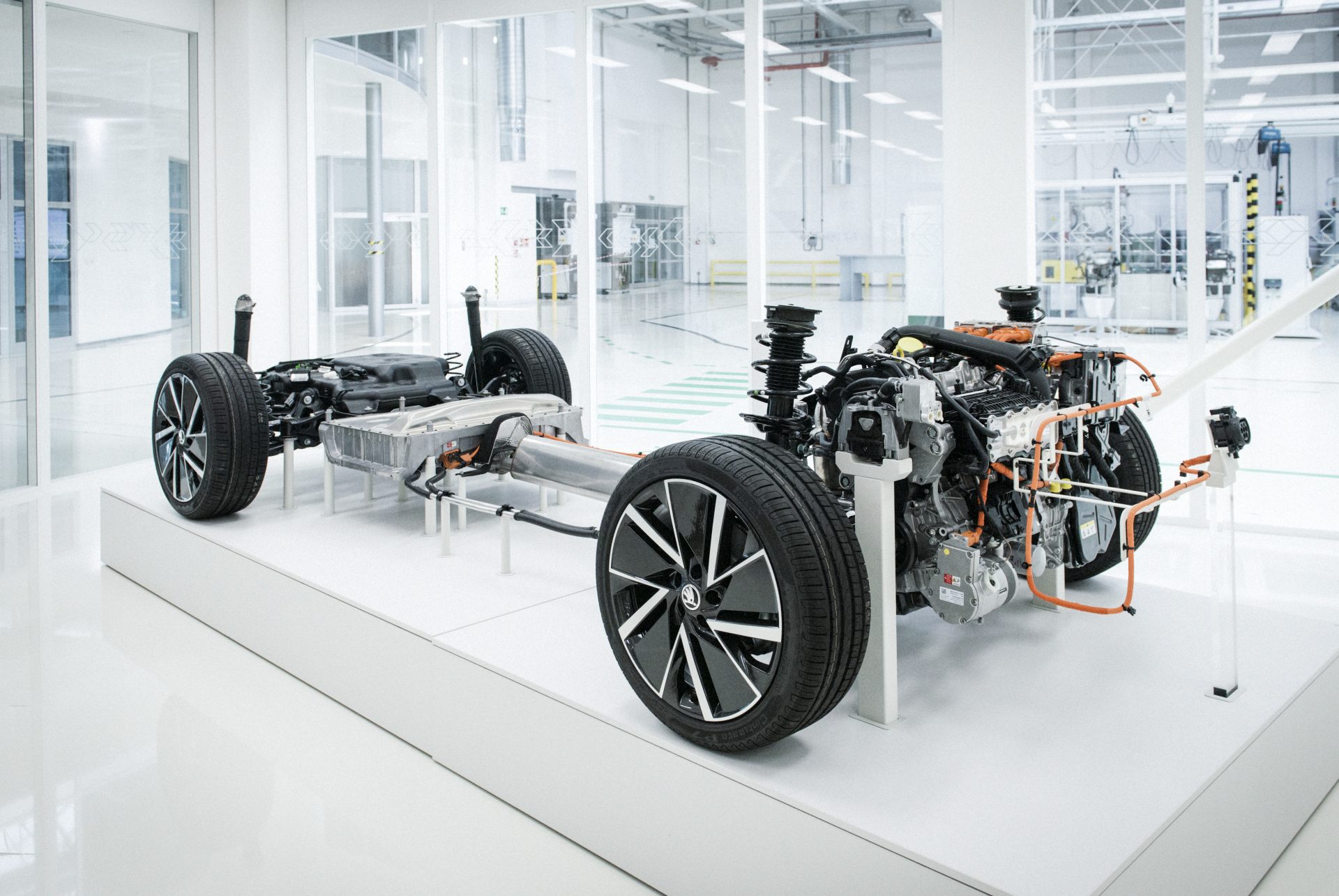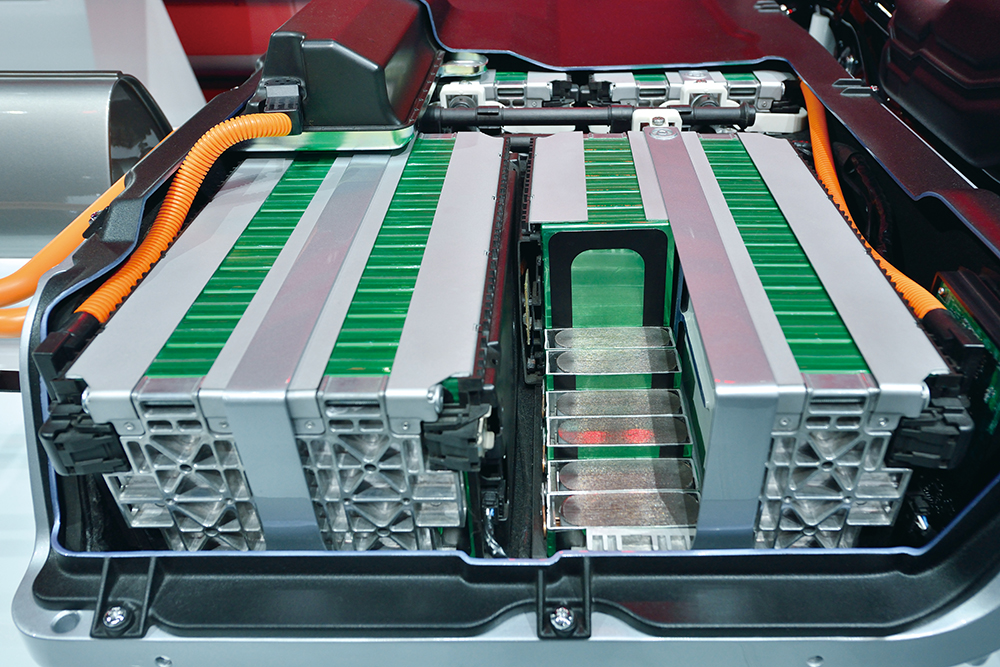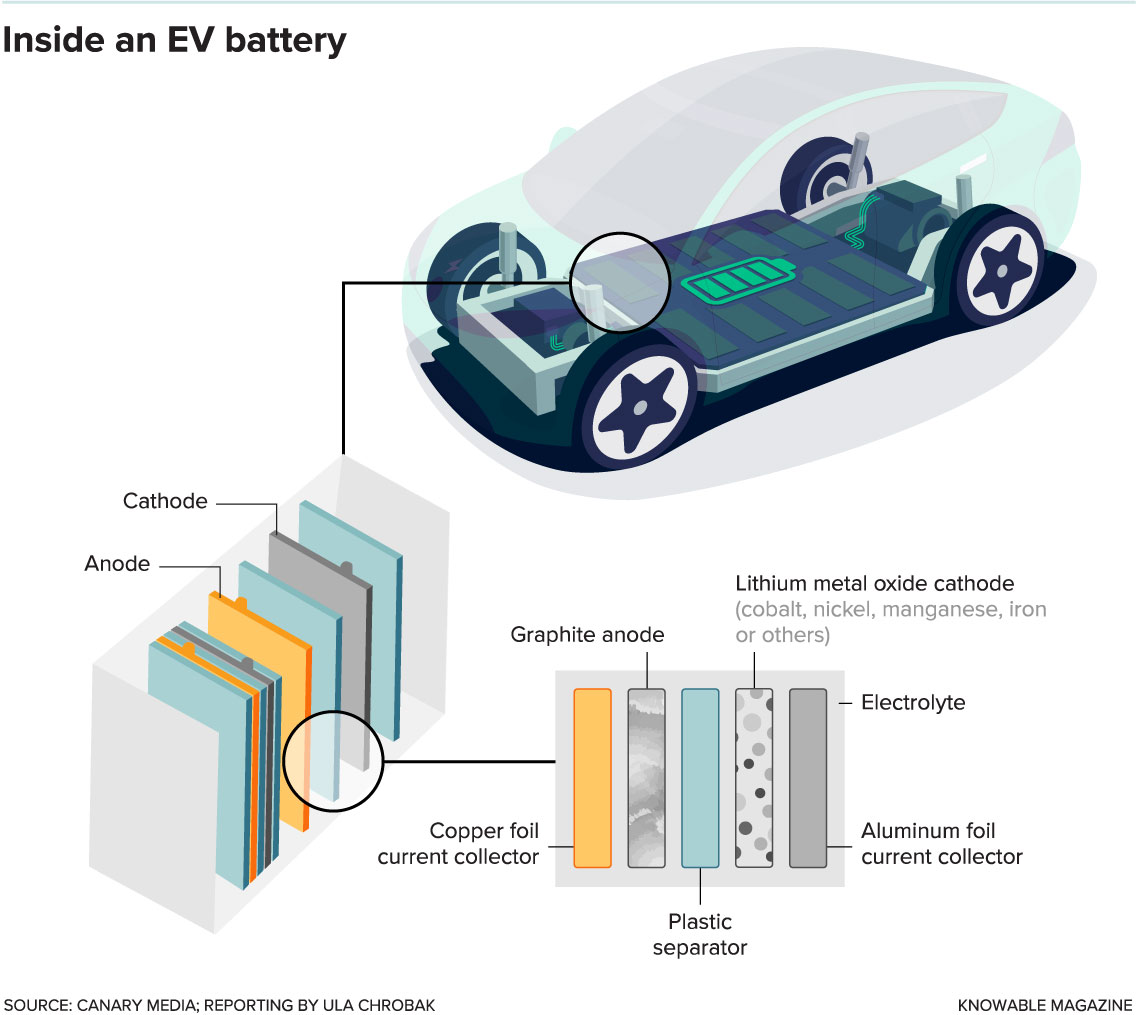As the world shifts towards a more sustainable and environmentally-friendly mode of transportation, electric vehicles (EVs) have become increasingly popular. At the heart of every EV lies a crucial component: the battery. But have you ever wondered how electric car batteries are made? In this article, we will delve into the manufacturing process, breaking it down into two main stages.
Stage 1: Cell Production
The first stage of electric car battery production involves the creation of individual battery cells. This process can be further divided into several steps:
Material selection and preparation: The manufacturing process begins with the selection and preparation of raw materials, including lithium, nickel, cobalt, and graphite. These materials are then processed into the required forms, such as lithium cobalt oxide (LiCoO2) and graphite powder.
Electrode fabrication: The next step involves the creation of the positive (cathode) and negative (anode) electrodes. The cathode is typically made from a combination of lithium and other metals, while the anode is made from graphite.
Cell assembly: The electrodes are then assembled into a battery cell, along with a separator and an electrolyte. The separator is a thin, porous membrane that prevents the electrodes from coming into contact with each other, while the electrolyte is a chemical substance that facilitates the flow of ions between the electrodes.
Cell testing and sorting: Once the cells are assembled, they undergo a series of tests to ensure they meet the required standards. Cells that pass the tests are then sorted and prepared for the next stage of production.
Stage 2: Module and Pack Assembly
The second stage of electric car battery production involves the assembly of individual cells into modules and packs.
Module assembly: Multiple battery cells are combined to form a module, which is then connected to a control system and a cooling system. The control system monitors the battery's state of charge, voltage, and temperature, while the cooling system helps to regulate the battery's temperature.
Pack assembly: The modules are then assembled into a pack, which is the final form of the electric car battery. The pack is designed to provide the required power and energy for the vehicle, and is typically made up of several modules connected in series and parallel.
Pack testing and validation: The completed pack undergoes a series of tests to ensure it meets the required standards. These tests include performance testing, safety testing, and durability testing.
In conclusion, the manufacturing process of electric car batteries involves two main stages: cell production and module and pack assembly. Each stage requires careful attention to detail and quality control to ensure the production of high-quality batteries that meet the required standards. As the demand for EVs continues to grow, the importance of efficient and reliable battery production will only continue to increase.
Keyword density: electric car batteries (2.5%), battery production (1.8%), EVs (1.2%), lithium (0.8%), nickel (0.5%), cobalt (0.5%), graphite (0.5%)
META Description: Discover the manufacturing process of electric car batteries, from cell production to module and pack assembly. Learn about the importance of quality control and the growing demand for EVs.
Header Tags: H1, H2
Image Suggestions: Electric car battery production line, battery cells, modules, and packs, EVs, lithium, nickel, cobalt, and graphite materials
Internal Linking: Link to other articles related to electric vehicles, battery technology, and sustainable energy
Word Count: 500 words





![How Is An Electric Car Battery Made? [EV Battery Components]](https://i1.wp.com/axlewise.com/wp-content/uploads/2022/11/rechargeable-car-battery.jpeg)



